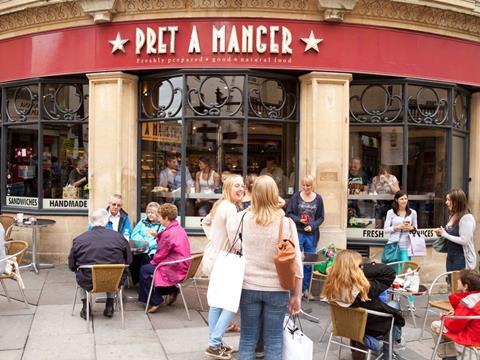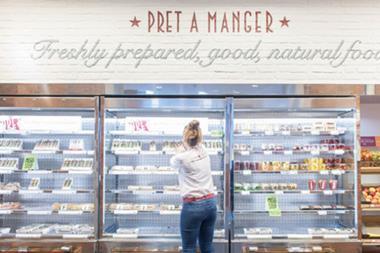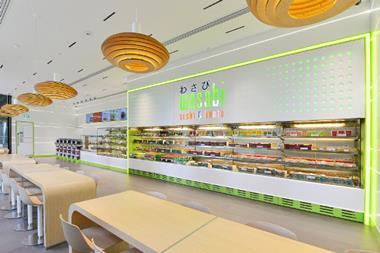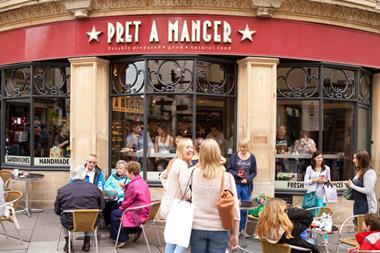
International expansion has the potential to open up new territories, better enable diversification and crucially add revenue to the bottom line.
In order to keep up with these overseas competitors that often pursue a very aggressive policy to gain market share, domestic firms should focus on international markets, especially when we consider the heritage of British food concepts that appeals to European and Asian tastes - just like Wasabi Sushi or Carluccio’s does to us.
However, expansion abroad holds significantly different challenges to domestic growth, not least making your offering fit a completely new market.
Pret A Manger is a good example of how these challenges can be navigated successfully. The first Pret store opened in the UK in 1986, and it now has more than 300 outlets around the world.
While having a product and a brand are crucial, it’s not enough. What was crucial in Pret’s case was having a detailed understanding of its customers and why they choose to shop with Pret or its competitors. Pragma worked with Pret to help it identify and track customer behaviour in its new target regions, understanding how, why and when customers decided to purchase their snacks or beverages over their competitors. For example, the UK lunchtime market is saturated with meal deals, special offers and promotions, so price alone isn’t a unique or defining sales strategy in the UK, meaning Pret’s strategy of focusing on gourmet, ready-to-eat food occupies a unique gap in the market. Other regions have equally testing landscapes and are already saturated by firms looking for their share of the lunchtime rush.
Pret’s first US outpost was in the heart of New York, where it spent eight years refining its business model before it looked further afield for opportunities in the States. Even though New York and London are closely aligned in terms of taste and preferences, there are cultural differences that naturally needed to be taken into consideration. For example, in the US businesses can’t call a sandwich a naked avocado bloomer, and they drink filter coffee rather than espresso-based drinks such as here in Europe.
In Asia, a market with completely different tastes compared to Europe, a sandwich isn’t viewed as a full meal. Consumers are looking for bundles of hot food, comprising three or four complementary items, something Pret has learned in 10 years operating in Hong Kong.
Each of these countries has vastly different challenges for expansion, as well as appetites when choosing food and beverage, so businesses need to understand their key customer drivers across the globe. Not every promotion or product will be a hit in every country and it’s important to identify this early on to create a stronger foothold within a target nation.
No matter how unique a company’s offering is, without an insight-driven approach to identify groups of potential customers and tailoring a service to suit their needs, it will be hard, if not impossible to do right. If executed correctly, the result is a business that truly understands what its customers expect, regardless of what city, country or continent they are in.
Tom Holt is CEO of Pragma Consulting



















No comments yet